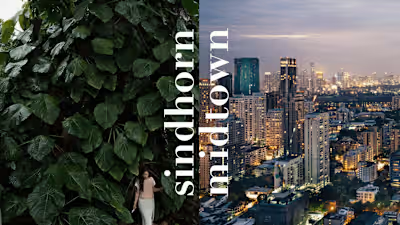Wayfinding System Design for a National Gallery
The National Gallery Singapore’s architecture is comprised of 2 heritage buildings. A newly built basement and an atrium space connects these 2 buildings, creating a unique blend of old and new. However, this also provides an interesting challenge in way-finding and the 2 heritage buildings were previously a city hall and a supreme court, not an art museum.
2 Main Challenges
Spatial or architectural challenges due to the original designs of the heritage buildings not being designed for a museum experience. For example, there were a lot of similar looking corridors, hallways and rooms with multiple doors.
Changing exhibitions leading to changes in the desired visitor flows and routes throughout the building.
The Wayfinding System's 4 Main Kit of Parts
We developed a comprehensive wayfinding system with 4 main kit of parts:
Large level numbers as visual landmarks
A set of directional signage
Changeable exhibition posters for directions to specific exhibitions.
Digital Lift lobby directories
Large level numbers as visual landmarks
Placed, strategically at level entrances, such as near escalators, these numbers serves as both visual landmarks and informational signage, letting users know which level they are at.
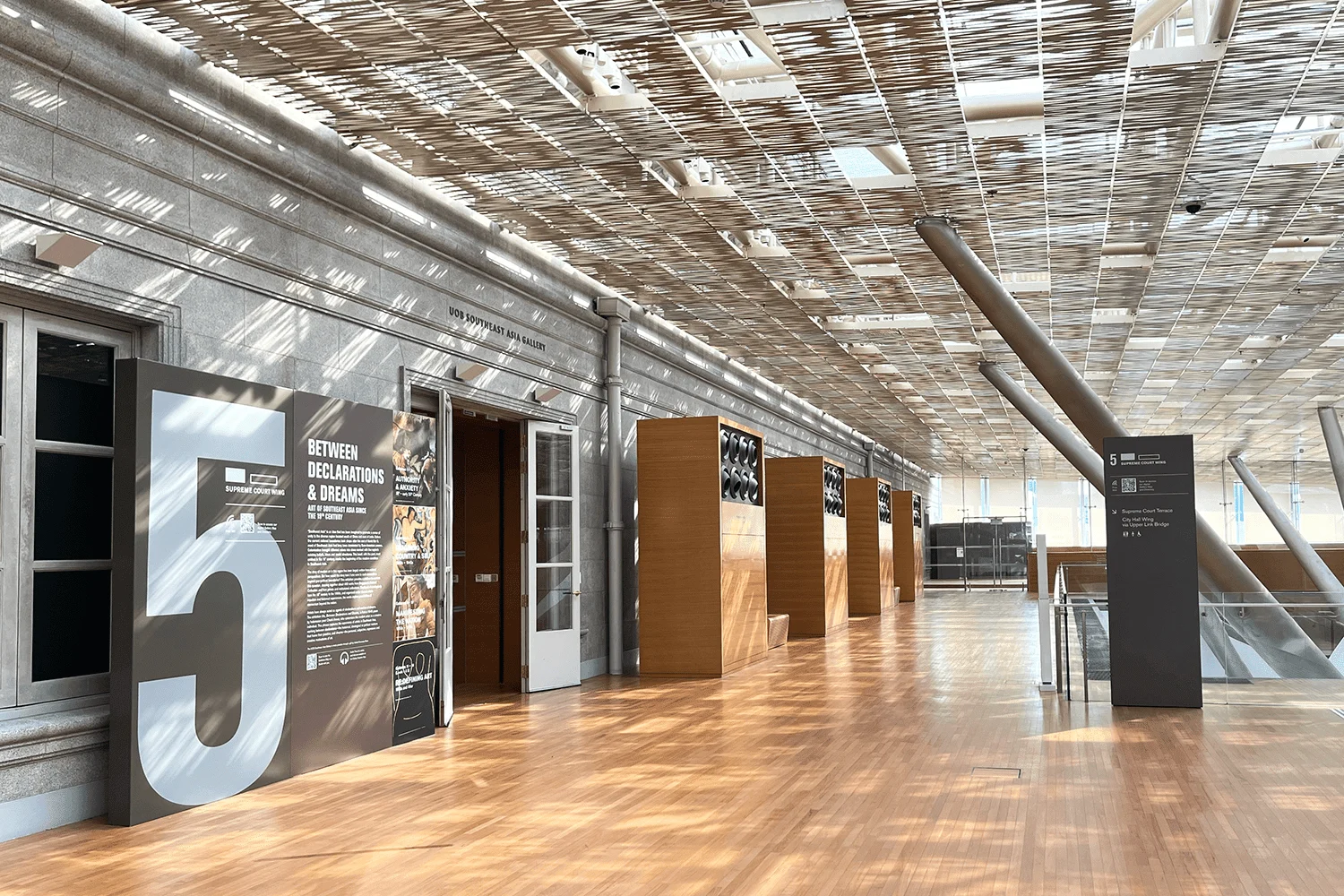
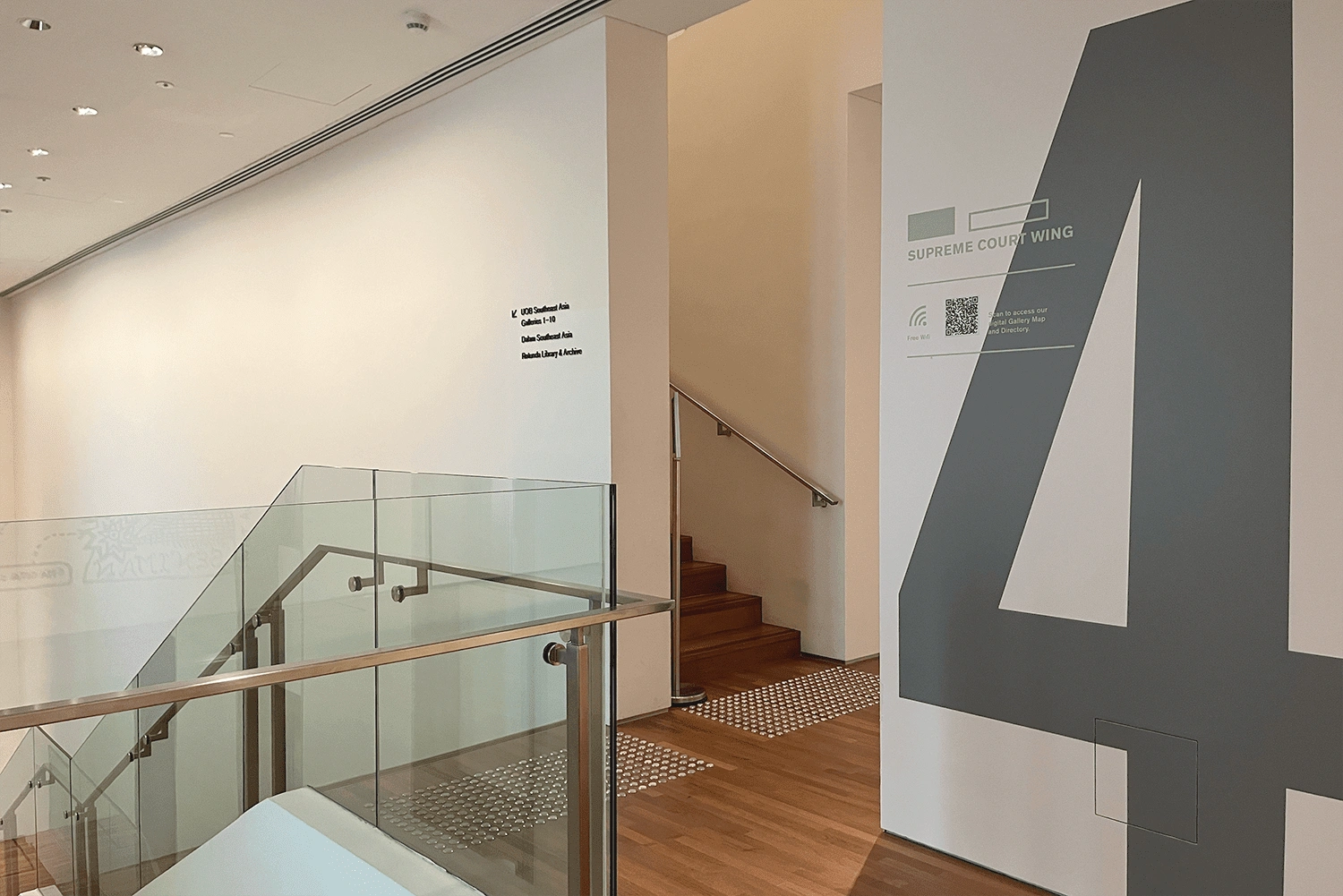
Digital Lift Lobby Directories
These directories feature imagery to help visitor identify which exhibition is on which level. They are connected to the Gallery's CMS, allowing for easy updates whenever a new exhibition is showing.
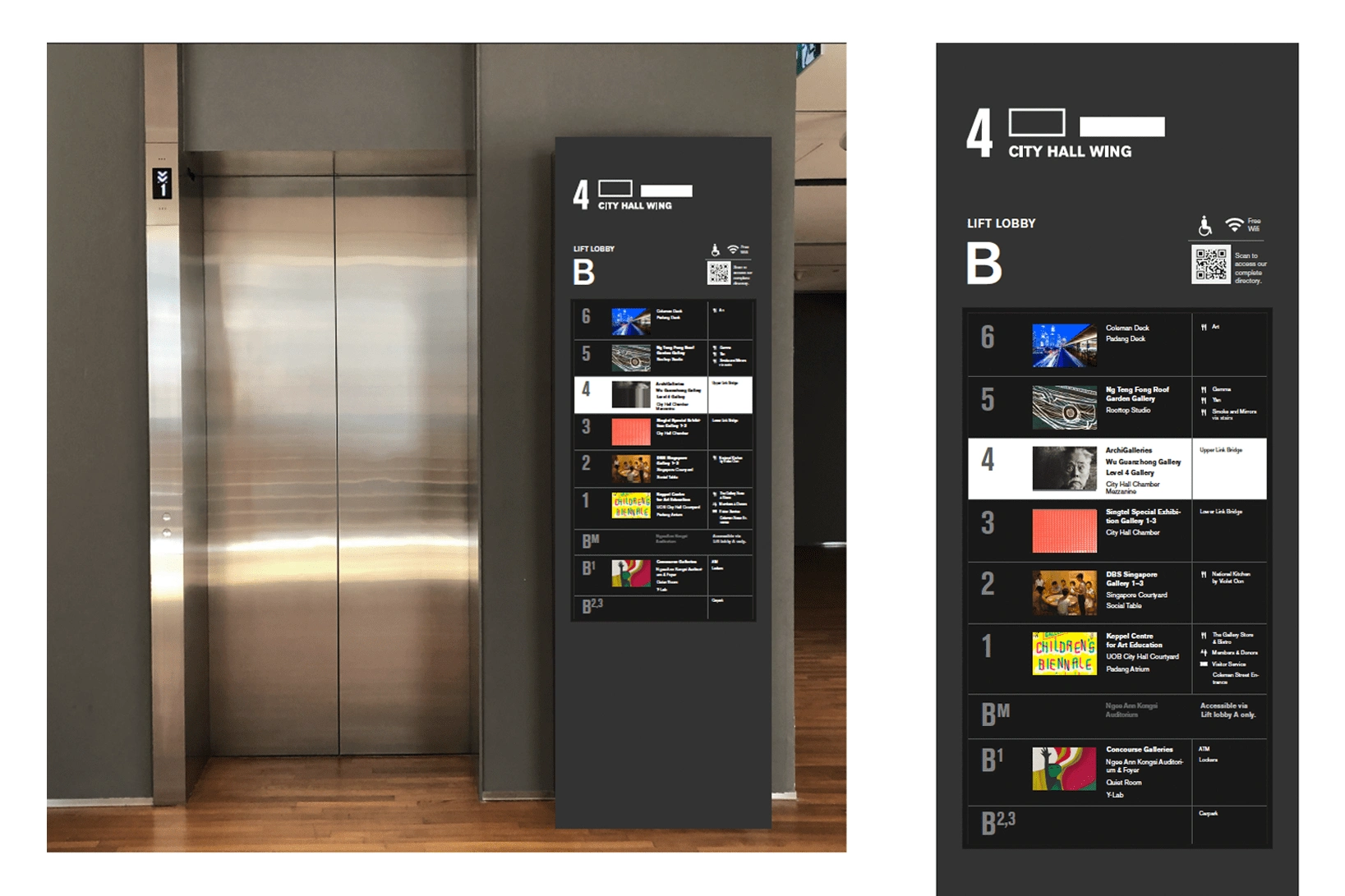
A set of Directional signage for permanent destinations within the Gallery

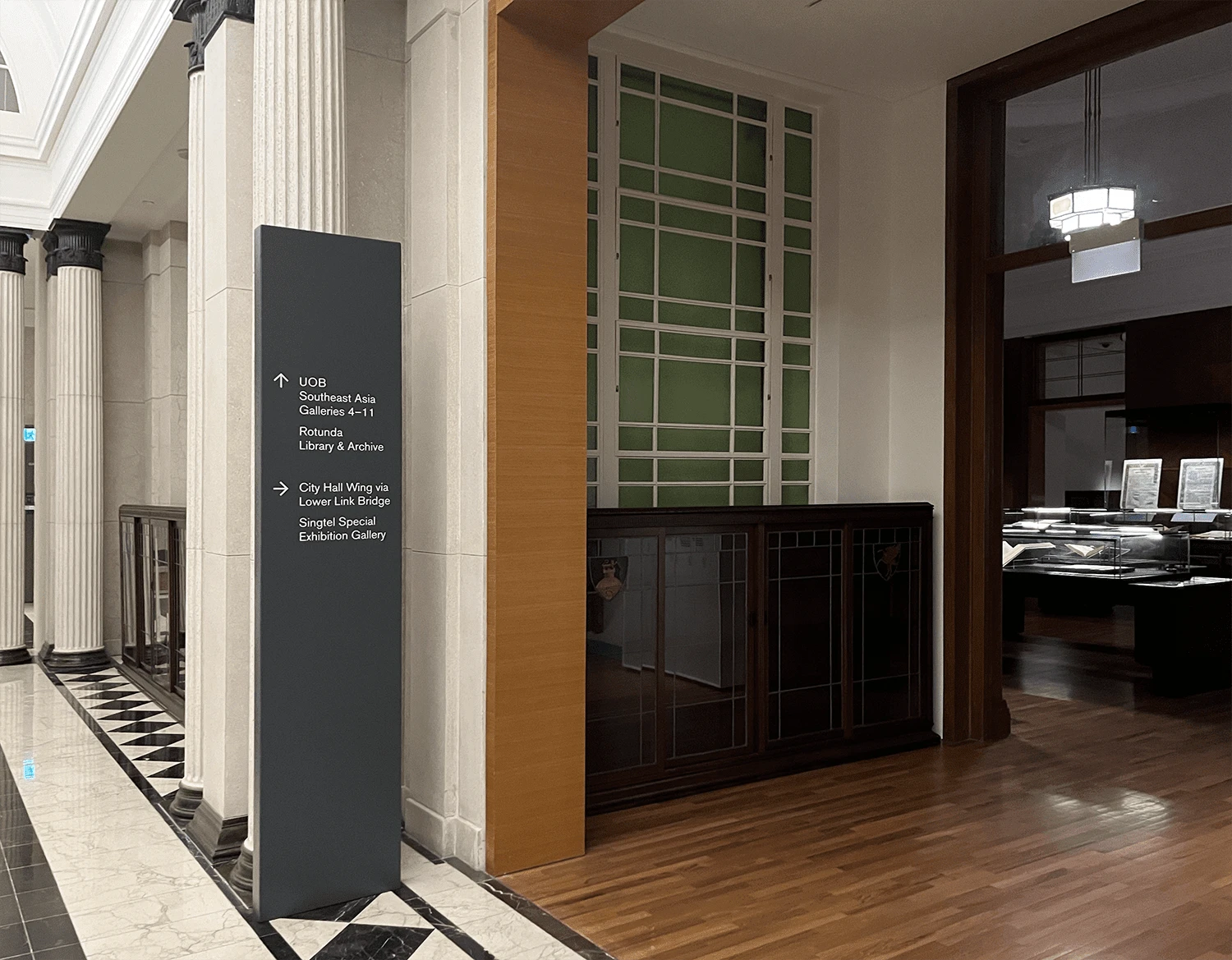
Directional Exhibition Posters
These are "Narrow" posters that visually guide users to the correct entrances of each exhibition.
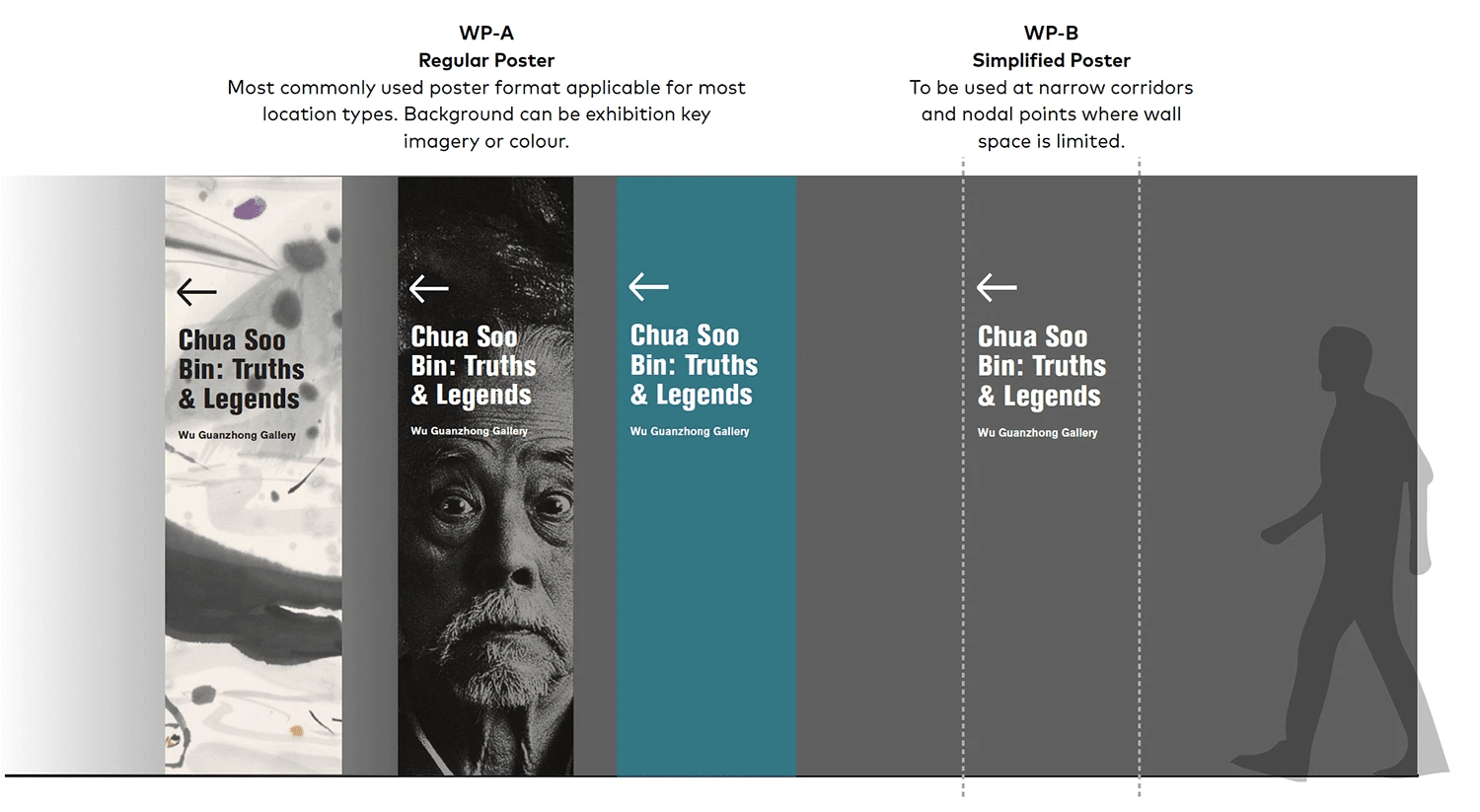
Like this project
Posted Jul 5, 2024
Way-finding system design and guidelines for a large museum in Singapore. A comprehensive scope of work from research and interviews to final art templates.
Likes
0
Views
52
Clients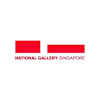

National Gallery Singapore




